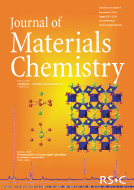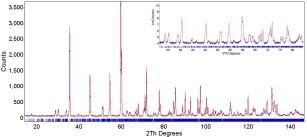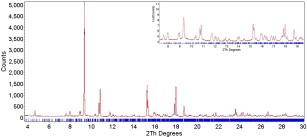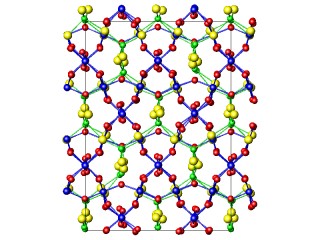Highlight bi2sn2o7


In collaboration with Dr Ivana Radosavljevic Evans and Professor Judith Howard we have recently reported the structure of the pyrochlore Bi2Sn2O7 from powder diffraction data. The material has 176 crystallographically unique atoms in the unit cell and is one of the most complex studied to date using powder methods.
To solve the structure we applied a systematic simulated annealing methodology applied simultaneously to X-ray and neutron diffraction data in which structure solution was attempted in all possible space groups from the high symmetry Fd-3m aristotype down to P1. The results of this study showed that the true symmetry of the material is Pc and it has cell parameters of a = 15.0502(6), b = 15.0545(6), c = 21.5114(4) Angstroms and beta= 90.038(4) degrees and that there are 176 crystallographically unique atoms in the asymmetric unit.
The simulated annealing and structural refinements were all performed in the Topas Software suite supplied by Bruker. We’re grateful to Alan Coelho for many useful discussions and software developments.
This article was selected as a “hot article” by the Royal Society of Chemistry. More details about the work and the online article are available from their web site. Views of the final structure and Rietveld refined data are shown below.


Neutron and X-ray refinements of Bi2Sn2O7 (click on each for a larger image). The inserts are on a logarithmic scale and show that both strong and weak reflections are well fitted by the structural model.

Structure of Bi2Sn2O7. Sn atoms blue, Bismuth yellow, Oxygens of the two pyrochlore sublattices in red and green.
